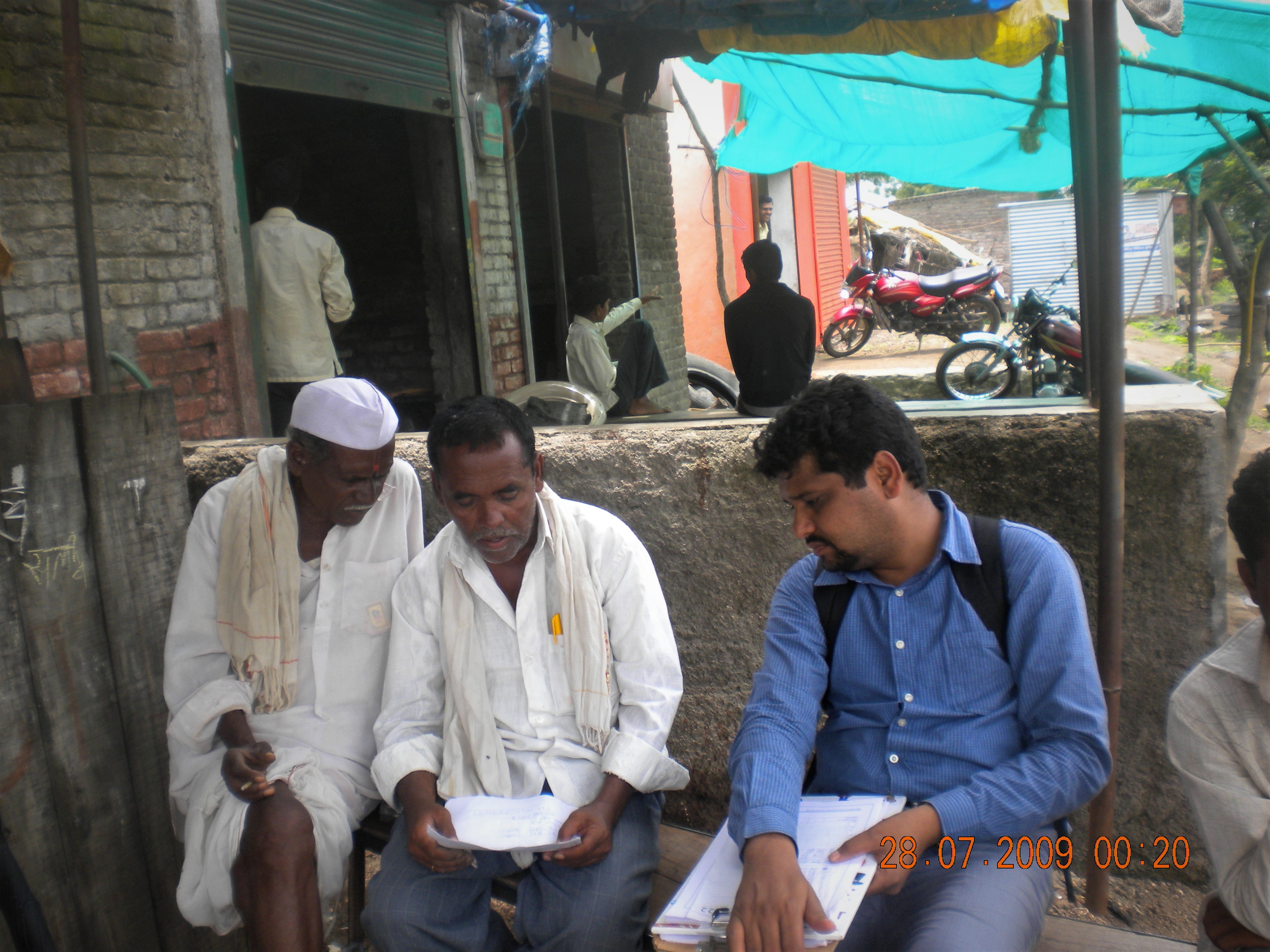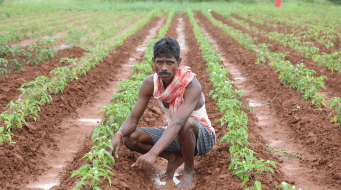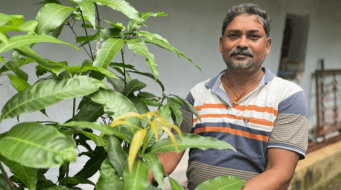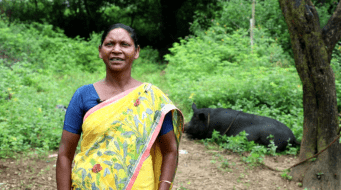Dr. Eshwer Kale

The book ‘Patterns of Social Exclusion in Watershed Development in India’ is part of my ongoing inquiry to understand and analyse various dimensions of water resource governance, quality of participation, and equity issues in natural resource management (NRM) programmes.
My earlier engagement with SOPPECOM[1], mainly a research-based NGO working on NRM issues, provided me with a wider opportunity to investigate and understand the various aspects of the watershed approach, and created a platform for further explorations in this area.
I had an opportunity to work on the ‘Multi-Location and Multi-Disciplinary Research on Watershed Development Projects in India’, initiated by the Forum for Watershed Research and Policy Dialogue (FoRWaRD) with the involvement of three organisations representing different states and project locations (SOPPECOM from Maharashtra, erstwhile CISED[2] from Karnataka, and GIDR[3] from Gujarat). This opportunity provided me the conceptual background and opened new areas for further detailed inquiry for this book.

During the extensive fieldwork for the above project, I was part of the research team, which investigated more than 400 watershed villages covering various types of projects and regions in Maharashtra. During this study, we spent almost a full day in each village to interact with the village community and verify various watershed treatments. Also during the part of the project with extensive fieldwork, I was a member of a team that studied six watershed villages in detail from the Ahmednagar district of western Maharashtra. The experiences and study reports of the project show that although watershed development projects have by and large succeeded in bringing water and land-based benefits to farming communities, these projects lag behind in terms of institutional participation and equitable distribution of the project benefits to the various resource groups. It also indicates that the benefits of watershed projects and community participation drastically differ from programme to programme and the mode of the project implementation. Later, at WOTR[4] I got wide exposure through readings, discussions with experts at different levels, and extensive field work on applied research projects to understand the different aspects and dimensions of the watershed development process.

These experiences and analysis led to my further microscopic inquiry for my MPhil course at the Tata Institute of Social Sciences, Mumbai, to understand deeply the issues, factors, and micro-level processes involved in the exclusion of resource-poor groups from the institutional and economic aspects of watershed development. Moreover, it also compelled me to explore possible ways and mechanisms for meaningful inclusion of these groups in watershed institutions and especially in newly generated watershed benefits, in the larger context of equity.
During watershed research at SOPPECOM, we found that the Indo-German Watershed Development Program (IGWDP) was best in terms of quality of work and land and water-based benefits to communities when compared with other programmes. Purposely, I selected IGWDP for this inquiry to assess where comparatively successful watershed programmes—rather than less or averagely successful watershed programmes—stand in addressing social exclusion and inequity issues. This book is the result of this quest where a watershed development project in the Aurangabad district of Maharashtra has been studied in terms of its social, economic, and political realities. Along with disclosing the different patterns of social exclusion in economic benefits and participation, the book presents the possible ways and means to address these challenges.
The text below is excerpted from ‘Patterns of Social Exclusion in Watershed Development in India’ by Dr Eshwer Kale

Non-Materialistic Aspects of Poverty / Page 9
“Social exclusion is embedded in the social relations that generate and maintain it. Exclusion by necessity implicates excluders, including exclusionary institutions and policies. For this reason, the capabilities approach of Amartya Sen (2000) is compatible with the conceptions, capability deprivation, and functioning of individuals in various social institutions. Social relations that restrict access to rights give rise to the lack of freedom underlying poverty. Both poverty and exclusion devote attention not only to economic resources, but also to political entitlements, rights, and access that make full social participation possible.
While discussing social exclusion and poverty, we must be clear about the differences and similarities between these two concepts. As Hilary Silver (2007) points out, exclusion emphasises “horizontal” ties of belonging, while poverty is concerned with “vertical” distribution; she further says that exclusion is a matter of being “in” or “out,” not “up” or “down.” Inequality and exclusion follow different logics. Despite some methodological attempts at measuring cumulative aspects of disadvantage, no country or scholar has identified a formal “exclusion threshold,” like the poverty line. This is because few if any human beings can exist entirely outside society.
Despite this discussion on materialistic and non-materialistic aspects of poverty, the concept of social exclusion is usually contrasted with that of poverty. However, in some respects, exclusion encompasses but transcends poverty (Silver 2007). It is multidimensional in that it marries the material and non-material, economic and social dimensions of disadvantage. So while discussing poverty and exclusion we must remember that people may be poor without being socially excluded and that members of rich and elite groups can also suffer from various forms of indignity and social rejection because of their identities.”

[1] The Society for Promoting Participative Ecosystem Management is based in Pune; it mainly researches NRM-related issues.
[2] The Centre for Interdisciplinary Studies in Environment and Development is a Bangalore-based NGO.
[3] The Gujarat Institute of Development Research is an Ahmedabad-based research institute.
[4] Watershed Organisation Trust, is a pioneering organisation in watershed-based development, with head office in Pune, Maharashtra





